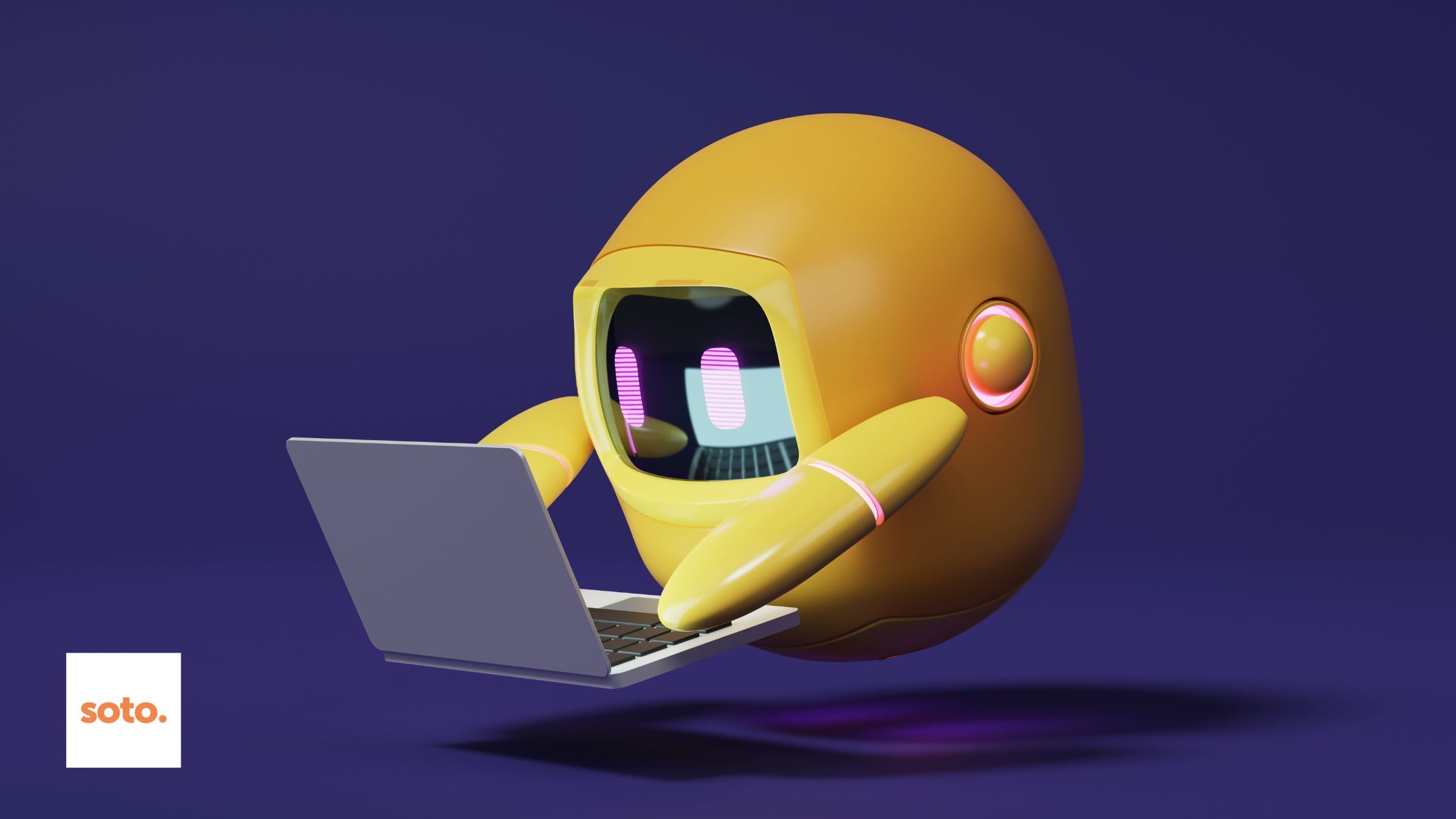Our planet has a problem: us!
Luckily, many of us are aware of the impact our everyday activities can have on the environment, and we’re actively trying to do something about it. For example, while we need to put lights on when it’s dark, we know to turn them off when they’re not needed. We need to buy food, but we try to buy locally sourced-options whenever we can. We’re definitely on the right track, but there are some things where there’s not really an obvious solution for reducing our carbon footprint – websites, for example.
As we’ve seen in our article exploring how websites create emissions, digital products aren’t CO2-free. Far from it. Carbon emissions can come from the development of websites, their design, their hosting, and their day-to-day usage. So how can we work to reduce these emissions?
Believe it or not, this could be a job for artificial intelligence.
AI & sustainable websites
Is there anything AI can’t do? Well, we’re still waiting for it to be able to gather up dirty laundry from the floor. But in terms of reducing carbon emissions from websites, it’s pretty good at what it does.
Here are four ways that AI can be a valuable technology for boosting sustainable development:
- Greater visibility & understanding
One of the biggest problems in maintaining a sustainable website is that it can be quite time-consuming to keep track of green performance. AI solves this problem. There are a number of AI tools out there which automatically monitor performance and identify sustainability issues early on. This gives you the opportunity to step in and take corrective action to keep website emissions as low as possible.
- Improved resource optimisation
One of the key strategies for sustainable development and design is optimising resources in the best possible way. While that can be a challenging task to undertake manually, it becomes incredibly easy when relying on artificial intelligence. Consider AI-powered image compression tools, for example. They assess visual content and draw upon their own algorithms to significantly reduce file size – and, therefore, the energy required to load the image – without compromising on overall quality.
- More efficient digital experiences
A major source of website carbon emissions is user behaviour. When users are clicking around trying to find what they need, energy is being wasted loading pages unnecessarily. Good layout and logical navigation can help to improve this, but AI technology can achieve even more. With AI able to ‘learn’ and ‘remember’ individual user preferences, it can build unique on-site experiences for each user, every time, adapting functionality as needed to deliver the most relevant content to each visitor.
- Greener web hosting
It’s not just web development and user behaviour that can create emissions; it’s hosting, too. Fortunately, green hosting is fast becoming the norm – and the preferred option for many businesses. Plenty of providers are striving to become even more eco-friendly. How? By embracing AI. More and more data centre environments are being controlled by AI systems that carefully balance cooling and airflow across servers to ensure the minimum amount of energy is used.
Working together for a sustainable future
At Soto, we know that we all work best when we work together. When we’re embarking on a web development project, we don’t work in isolation; we work alongside our clients and their web designers so that together we can achieve something truly great. And we think it’s time to invite AI into our group.
When we’ve got clients, developers, designers, and advanced AI algorithms all working together, it’s the dream. We’re able to effectively balance functionality, usability, aesthetics, efficiency, and sustainability to build websites that have a positive impact on people, and on the world around us.
If this sounds as good to you as it does to us, get in touch with our team!





